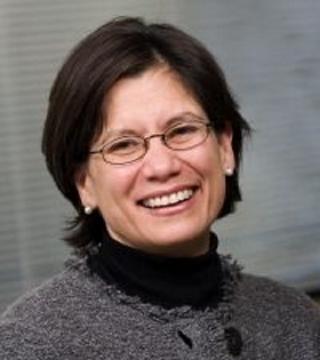Philippines Now Major Source of Skilled Migrates to NZ
Immigration Placement Services Ltd– Press Release
Filipinos have been migrating to New Zealand for the last 15 years and many New Zealand employers have become aware of their work ethics and skills. Many other countries around the world have been recruiting Filipinos for years because of their skills and their willingness to work in jobs that their local population has been unwilling to undertake. There is an increasing interest from New Zealand employers recently in hiring skilled migrant workers from the Philippines to fill the skills shortage in the local market. For some years many hundreds of dairy farm workers have been employed by New Zealand farmers if they have been unable to find suitable staff locally.
Today the NZ dairy farming industry has become dependent on Filipino workers to provide the labour force to meet their requirements of this rapidly growing industry. Many of the Filipinos coming to NZ have previously been working on commercial dairy farms in the Middle East or Japan, and have settled as residents with their families.
Over 11 million Filipinos work outside the Philippines. They can be found working around the world. Many Middle Eastern countries are dependent on their Filipino guest workers to keep their economies growing, where they work under contract for a certain number of years. Employers have recognised their willingness to work, their cheerful dispositions, and their ability to pick up language and new skills. Before Filipinos can leave their country to work abroad they must obtain an Overseas Employment Certificate from the Philippines Overseas Employment Agency (POEA). Without this they cannot depart though many thousands do illegally out of desperation to find jobs abroad. The reason why the POEA requires this process is to ensure that workers going abroad have a genuine job offer and not subject to scams. The process requires employers to have their employment contracts examined and approved by the POEA, along with other under-takings before the workers they wish to hire will be issues their OECs. Why have so many Filipinos forced to work abroad, rather than in their own country? The main reason is the lack of job opportunities for Filipinos in the Philippines.
Unlike most of the rest of Asia, the Philippines have been unable to attract overseas investment to finance the growth in manufacturing and jobs as elsewhere in Asia. Yet the Philippines are one of the richest countries in Asia, with many natural resources and a talented English-speaking work-force. Overseas investors have preferred other Asian countries for investment as a result of poor government policies, and less flexible labour laws, a weak and corrupt legal system, poor infrastructure and high electricity costs. (As recently pointed out in an IMF report).
Yet in recent years the country has benefited enormously from the remittances from their overseas workers (OFWS) – over $US20 billion is sent back into the country annually providing an inflow of capital to fiancé domestic growth. The No 1 earner of overseas currency is the remittances from OFWs.
In spite of this, nearly a third of the population lives in poverty and wages in the Philippines remain low. While the economy is expected to grow 7% this year driven by a boom in property construction, the population is growing faster than new jobs are being created. As in the nineteenth century, when many migrated from the UK and Ireland to settle around the world, today Filipinos are likewise migrating around the world to seek better opportunities than can be obtained at home. Migration of Filipinos is likely to continue until structural changes are made to the Philippines economy to become competitive to investors with other Asian economies.
As the only New Zealand Company based in the Philippines (for the last five years) supplying skilled migrants to meet the skills shortage in New Zealand, Immigration Placement Services Ltd has helped settle many hundreds of Filipinos successfully in the country. Many of these have now bought their families to New Zealand and have since become permanent residents, contributing to our society.
New Zealand is a preferred destination for Filipinos as Immigration policies allow for approved skilled migrants on a work visa to bring their partners and children, something that is not possible for many Filipinos working in many other countries.
Many Filipino children grew up not knowing their parents as one or both need to work abroad to provide for their children’s education and necessities in live. Filipinos have integrated into NZ society well. As English is widely spoken throughout the Philippines they have fitted into NZ society much better than other Asian ethic groups, and can now be found from one end of NZ to the other.


 Bacalla's drawing depicted three smiling people,
a boy, a girl, and a teacher wearing glasses.
Bacalla's drawing depicted three smiling people,
a boy, a girl, and a teacher wearing glasses.


